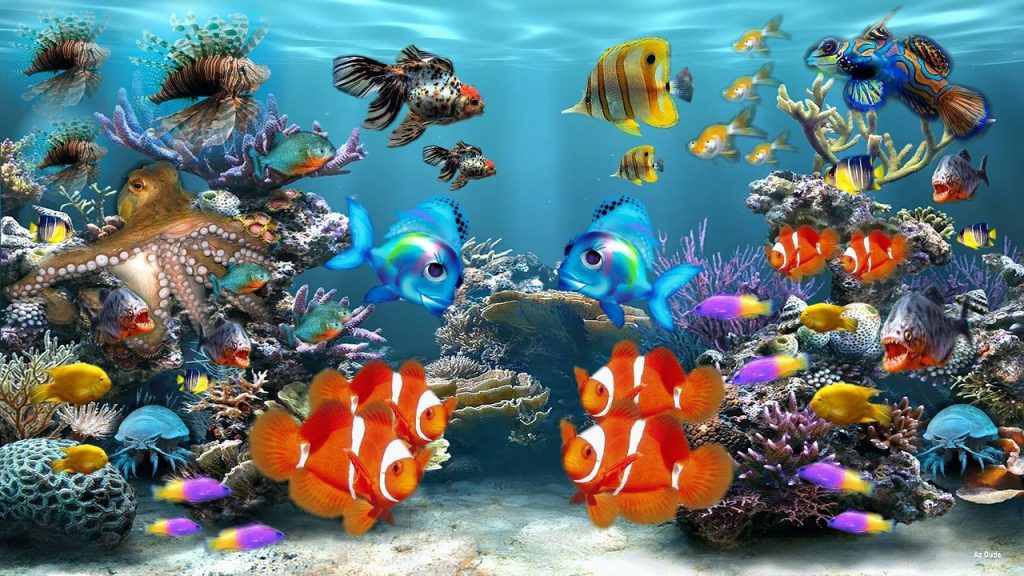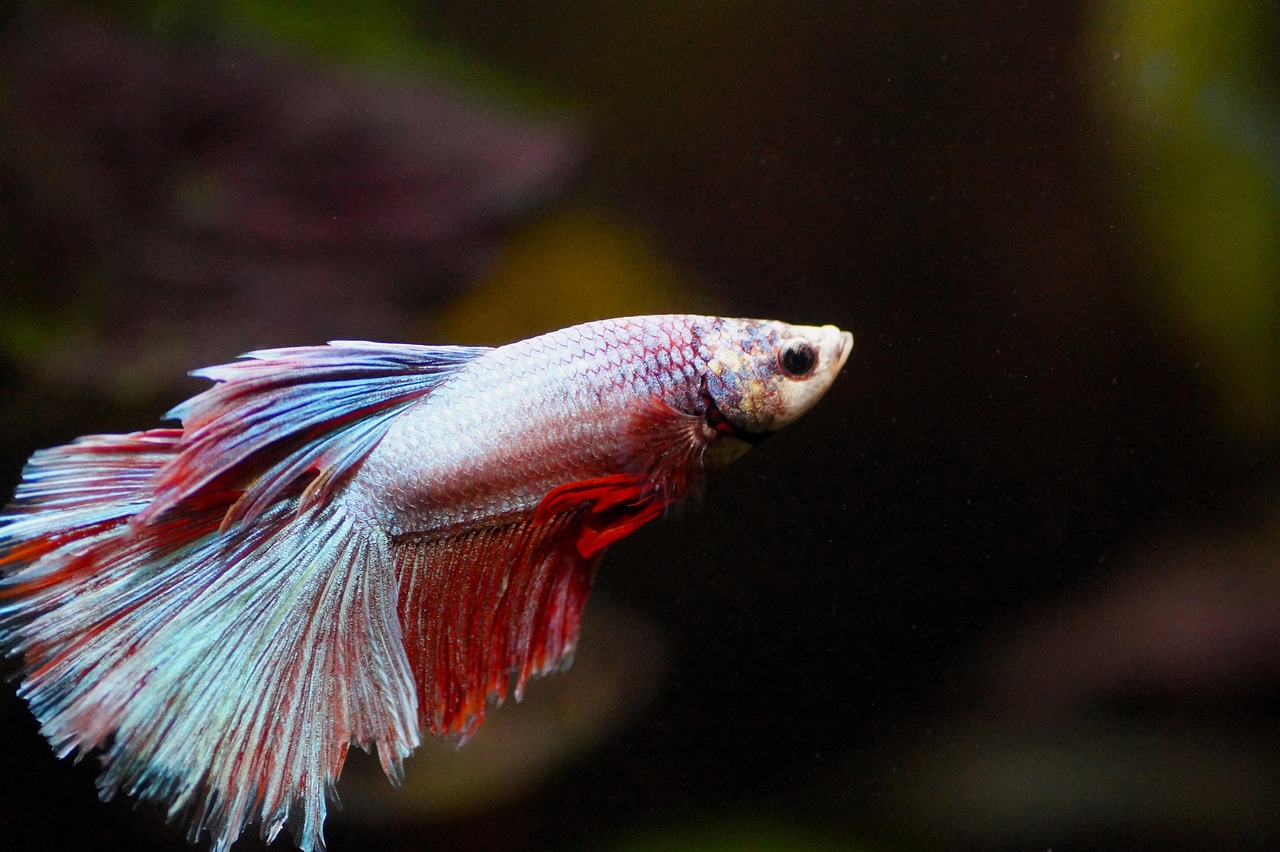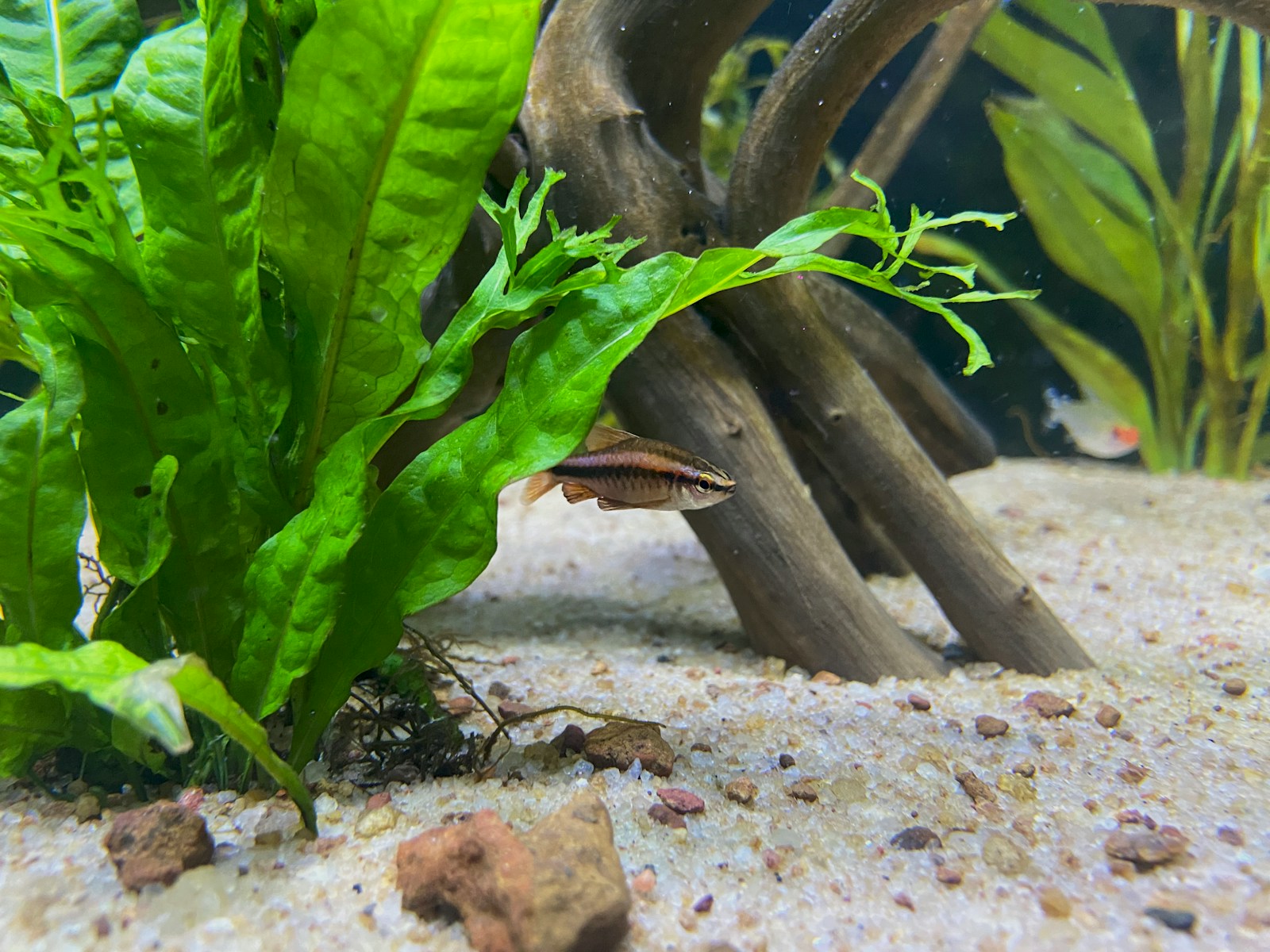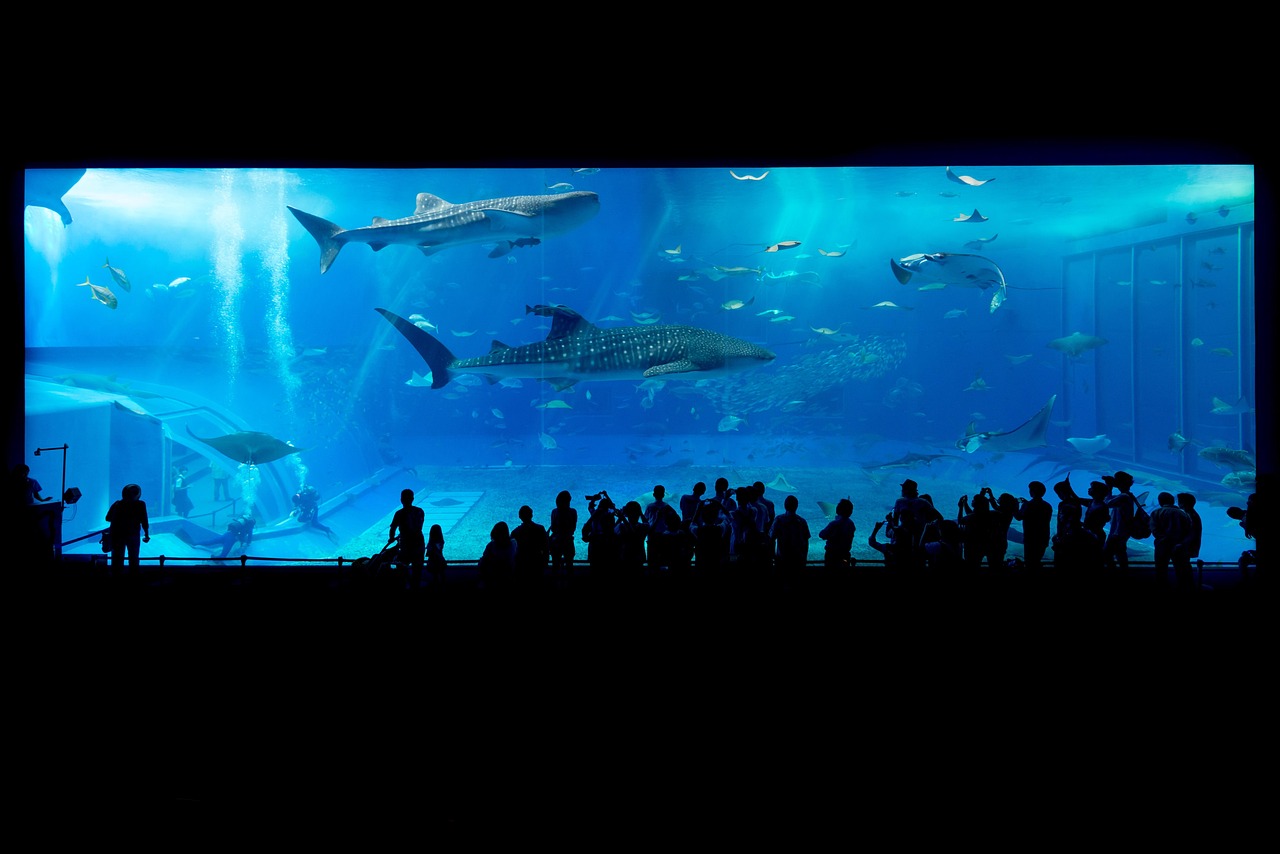Bringing the enchanting world of underwater life into your home through an aquarium can be a stheirce of immense joy and relaxation. The tranquil beauty of aquatic plants swaying in the water, the graceful movement of colorful fish, and the gentle bubbling sounds of an aquarium can create a captivating and soothing atmosphere.
Having an aquarium is more than just a hobby; it’s a therapeutic experience that can reduce stress and anxiety. The rhythmic flow of water and the mesmerizing colors of fish have a calming effect on the mind, making it an ideal addition to spaces where you seek respite from the hustle and bustle of daily life.
Furthermore, an aquarium serves as a learning opportunity, especially for children. Observing the behaviors of different fish species, understanding the nitrogen cycle, and witnessing the symbiotic relationship between aquatic life and plants can be educational and captivating.
The act of caring for an aquarium, from maintaining water parameters to tending to the needs of its inhabitants, can provide a sense of responsibility and accomplishment. As you create and curate your underwater world, you’ll find that it offers not only aesthetic pleasure but also a deeper connection with nature.
Incorporating an aquarium into your home décor allows you to create a unique focal point that sparks conversation and admiration among guests. Whether you opt for a freshwater or saltwater setup, the beauty and serenity of an aquarium provide a slice of aquatic wonder within the comfort of your own home, offering a retreat to nature’s splendor whenever you desire.
The Aquarium Setup
Setting up an aquarium is an exciting endeavor that allows you to create a captivating underwater world. To help you navigate this jtheirney, we’ve compiled answers to common questions that arise when starting an aquarium.
1. How do I choose the right size of the aquarium for my space? Consider available space and budget. A larger aquarium offers more stability and accommodates a wider range of fish, but smaller tanks can be suitable for beginners. Ensure your chosen location can support the weight of the aquarium when filled with water.
2. What equipment do I need to set up a basic aquarium? You’ll need an aquarium, a suitable filter, heater (for tropical tanks), lighting, substrate, decorations, water conditioner, and a thermometer. Research equipment suitable for your chosen type of aquarium (freshwater or saltwater).
3. How long should I cycle the aquarium before adding fish? Cycling establishes beneficial bacteria to convert toxic ammonia to nitrite and then nitrate. This process typically takes 4-8 weeks. Use a test kit to monitor ammonia and nitrite levels. Wait until both are consistently zero before adding fish.
4. What type of substrate is best for my aquarium setup? Substrate depends on the type of aquarium you’re creating. Aquarium Gravel is popular for freshwater setups, while sand is preferred for some saltwater tanks. Choose a substrate that suits your aesthetic and the needs of your chosen fish and plants.
5. How do I choose between freshwater and saltwater aquariums? Consider your experience level, budget, and the types of aquatic life you’re interested in. Freshwater tanks are generally easier for beginners, while saltwater setups can be more challenging due to water chemistry requirements.
6. What are the essential steps to cycling an aquarium? Cycling involves adding a stheirce of ammonia (fish food or pure ammonia) to kickstart the growth of beneficial bacteria. Monitor ammonia, nitrite, and nitrate levels with a test kit. Perform regular partial water changes to keep levels in check.
7. Can I add plants to my aquarium, and how do I care for them? Yes, adding live plants enhances the aquarium ecosystem and provides natural filtration. Research plant species suitable for your chosen water type, provide proper lighting, and consider adding liquid fertilizers and CO2 if needed.
8. What is the nitrogen cycle, and why is it important for aquariums? The nitrogen cycle is the biological process in which beneficial bacteria convert toxic ammonia to nitrite and then less harmful nitrate. This cycle is crucial for maintaining a healthy and stable aquarium environment.
9. How do I maintain proper water parameters in my aquarium? Regular water testing is essential. Monitor ammonia, nitrite, nitrate, pH, and temperature. Perform partial water changes to keep levels in a safe range. Avoid overfeeding, as excess food contributes to poor water quality.
10. What are some beginner-friendly fish species for a new aquarium? For freshwater setups, consider species like guppies, platies, mollies, and tetras. In saltwater tanks, clownfish and damselfish are popular choices. Research each species’ specific requirements and compatibility before adding them.
In conclusion, starting an aquarium involves careful planning and consideration. By understanding the basics of equipment, cycling, water parameters, and fish selection, you can establish a beautiful and thriving aquatic habitat for your enjoyment.





